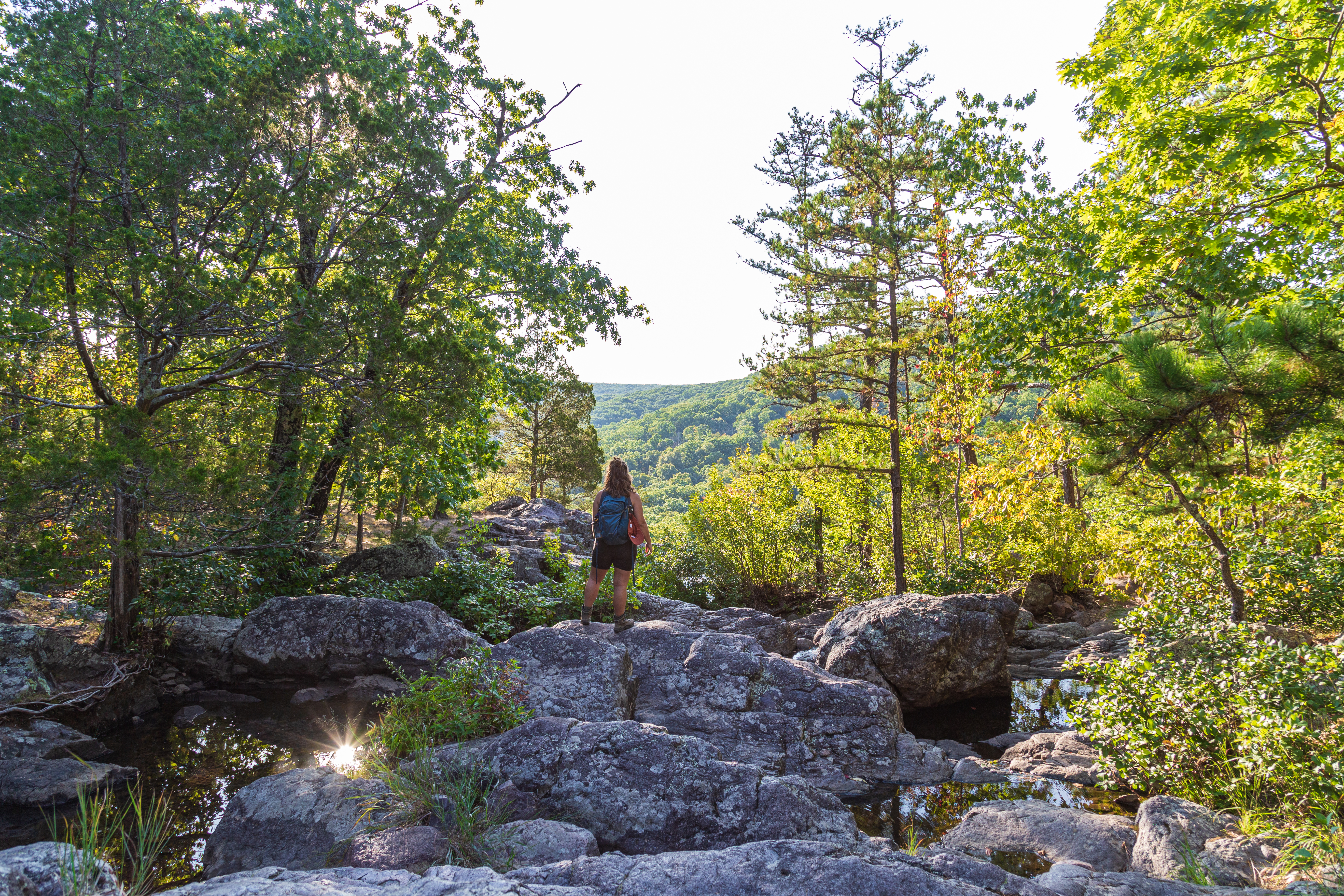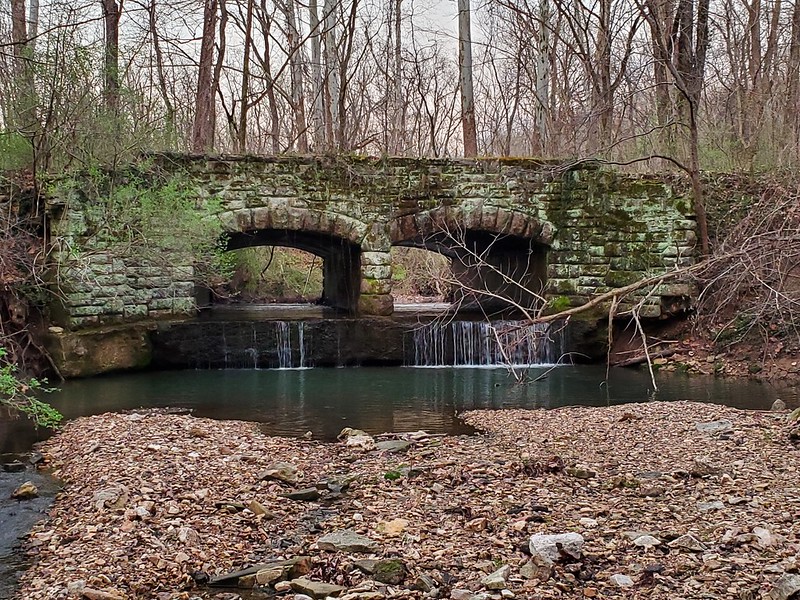You have got to see these trees. Big Oak Tree State Park is home to one national champion, a pumpkin ash, and three state champion trees, overcup oak, sweetgum, and persimmon. The ancient cypress are awe inspiring. The park is also a bird watchers dream with more than 150 known species chirping from the trees.
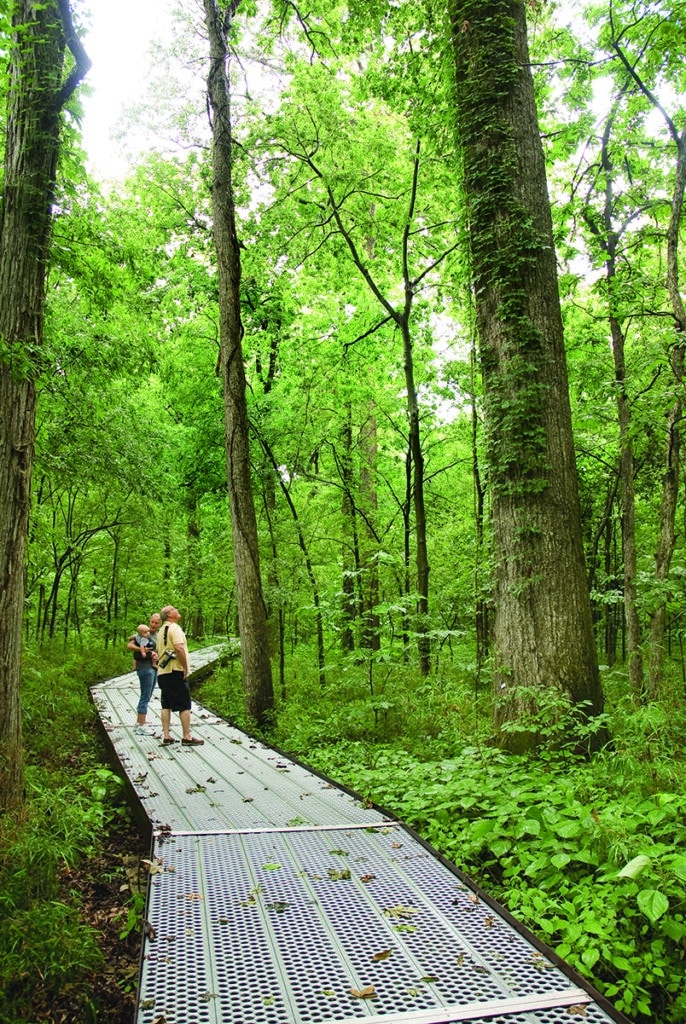
Photo Credit: Scott Myers
PICKING OUT THE BOUNDARIES of Big Oak Tree State Park is easy as you drive south on Route 102 from East Prairie, across the billiard-table-flat farmlands of Mississippi County. The one-thousand-acre preserve stands out as an oasis of tall trees surrounded by miles of cropland, a living time capsule for an environment that once stretched across the entire Bootheel of southeastern Missouri.
Big Oak Tree is a monument both to the original forested wilderness of “swampeast” Missouri and to the dedication of citizens who wished to ensure that at least a small fragment of that vast wilderness would be forever protected from logging and agricultural development. The park also stands as testimony to the difficulty of trying to protect a dynamic ecosystem no longer connected to many of the flooding processes that shaped it over time.
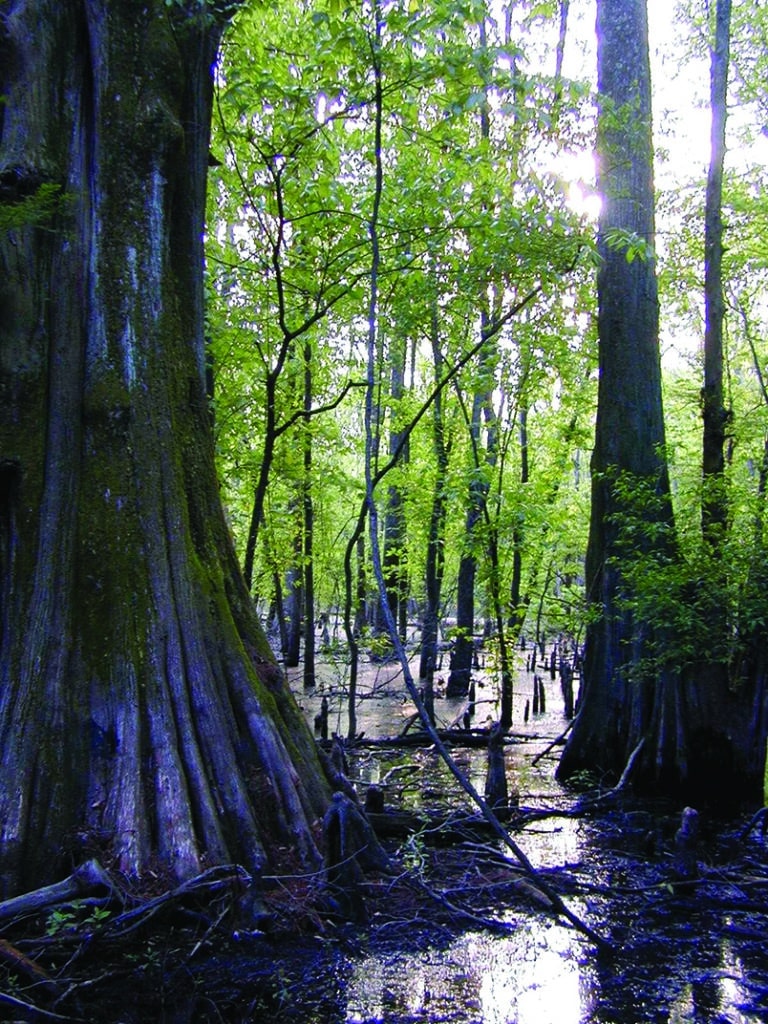
Photo Credit: Ron Colatskie
Your first impression is of the height of the forest and the size of the trees. The canopy rises to 120 feet, with some of the park’s giants grabbing another twenty feet of sky. For a time in the 1960s, this small park in Missouri’s Mississippi Lowlands was home to nine reigning national champions on the American Forestry Association’s roster of big trees; that is, nine trees were the largest recorded representatives of their species anywhere in the nation. Today, Big Oak Tree Park is still home to one national champion, a pumpkin ash, and three state champion trees, overcup oak, sweetgum, and persimmon.
The park has the only bottomland hardwood forest to survive, essentially uncut out of the 2.5 million acres in Missouri of the great Mississippi floodplain forest that once stretched from southeastern Missouri to the Gulf of Mexico.
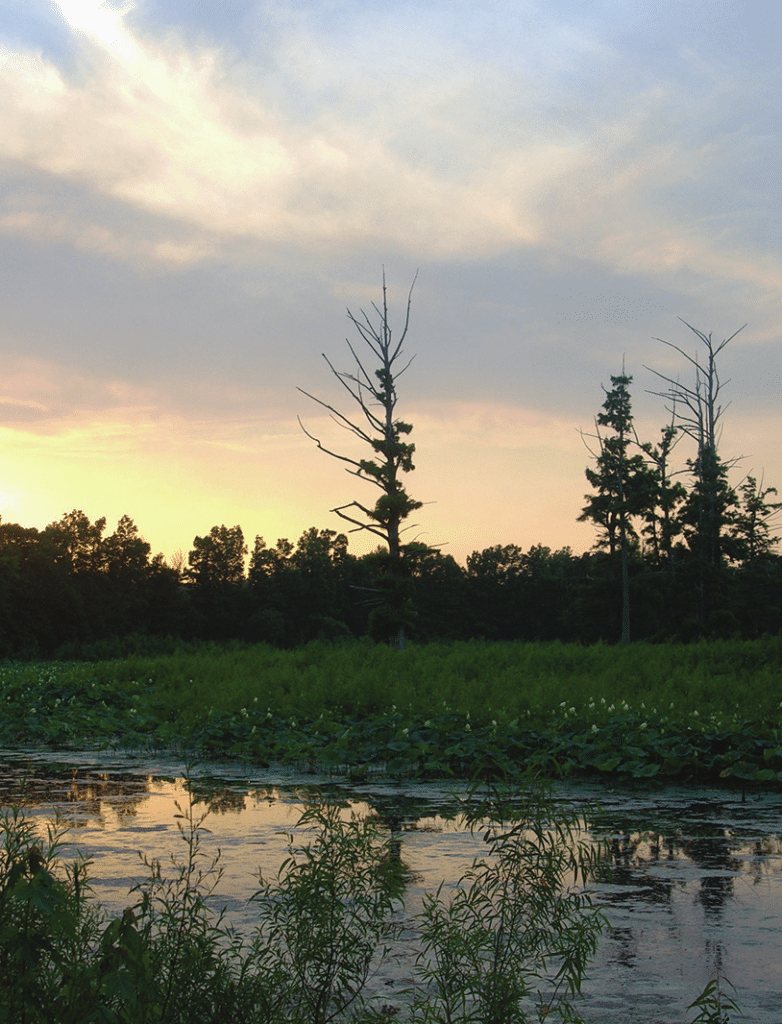
Photo Credit: Ken McCarty
Bird-watchers visit to record some of the park’s more than 150 known species, several rare in Missouri. The bright yellow plumage of the hooded warbler makes it easier to spot than some other warblers, such as the rare and secretive Swainson’s. A loud “AAH-aah” from the fish crow might pierce the woods, and high overhead, you might see the Mississippi kite.
With ongoing restoration of a more natural flood cycle, Big Oak Tree State Park will endure and remain a remarkable and unique testament to the presettlement biological richness of the swamp-forest ecosystem where those big oaks were born.
The great bur oak that inspired the park lived here for 396 years. Once scheduled to be cut down as a curiosity for the 1904 World’s Fair, the tree survived another half-century before succumbing in 1952 to lightning strikes and tree rot.
The park has fishing, hiking, a picnic aren, a playground, floating/kayaking, and a visoris center, interpretive programs, or site tours.

Big Oak Tree State Park
13640 S Rte. 102, East Prairie
1,029 acres
Mississippi County
Trails • Boardwalk Trail (0.7 mi) • Bottomland Trail (1.5 mi) • Cypress Trail (.8 mi)
Purchase the Missouri State Parks and Historic Sites book here.
Read more about an amazing bur oak here.
Related Posts
A True Gem of a State Park
Dedicated in 1938, this gem of a state park now sits amid an expanding suburban landscape and is worthy of a visit any time of year. There are twenty-two CCC-era structures to visit, rocky hills to hike, and massive trees to stop and rest under.
Missouri State Library Established
On January 22, 1829, the Missouri State Library was established in Jefferson City.

